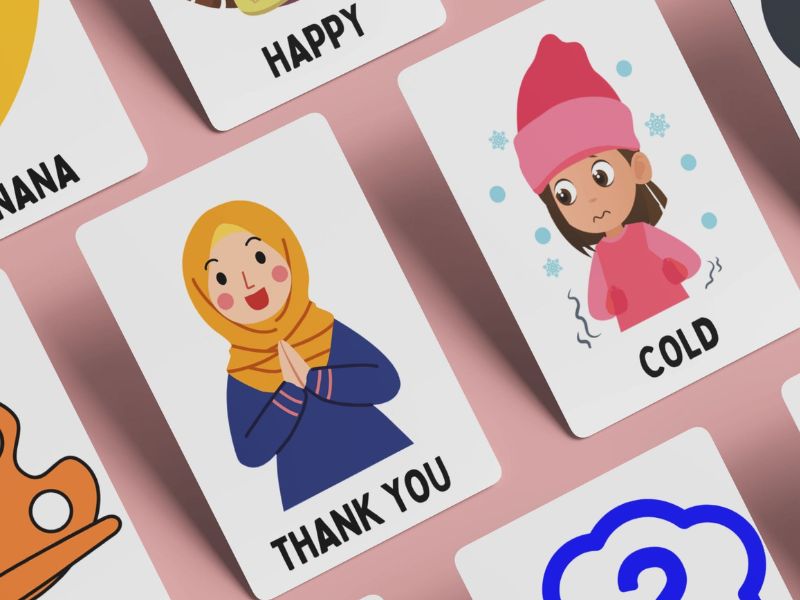How to Use Communication Cards Effectively

Helping Children Express Feelings, Needs, and Choices through Visual Support

What Are Communication Cards? When a child finds it difficult to speak or express themselves, it can lead to frustration, anxiety, and misunderstandings. Communication cards provide a simple, effective way for nonverbal children to share what they need — whether at home, in the classroom, or out in the community.
At KY Designx Studio, we create printable communication cards designed to empower children and support parents, teachers, and therapists in building meaningful connections.
What Are Communication Cards?

Communication cards are visual tools that use pictures, words, or symbols to represent everyday needs, emotions, and actions. Children can point to, hand over, or show the cards to express themselves — especially when speech is difficult or not yet developed.
They’re often used with children who are:
-
Nonverbal or minimally verbal
-
Diagnosed with autism, selective mutism, speech delays, or developmental disorders
-
Learning English as an additional language
Why Communication Cards Work

Visual supports reduce stress and increase independence. They help children:
-
Feel heard and understood
-
Make clear choices (“I want a drink”, “I need space”)
-
Express emotions safely (“I feel sad”, “I’m angry”)
-
Build confidence to engage socially
When used consistently, communication cards can strengthen understanding and even encourage speech development over time.
How to Use Communication Cards Effectively

1. Start with Core Vocabulary
Begin with 10–15 essential cards — such as toilet, drink, help, yes/no, happy, sad, and tired. Too many at once can overwhelm a child.
2. Model How to Use Them
Children learn through repetition and observation. Use the cards naturally during routines:
“You’re smiling — that’s happy!”
“Do you need help?"
3. Keep Them Accessible
Place cards where your child spends the most time — on the fridge, in the classroom, or attached to a keyring or Velcro board. Quick access encourages consistent use.

Include Emotion and Need Cards
Many nonverbal children struggle to express feelings. Having emotion cards like worried, excited, angry, and calm helps them communicate before frustration builds.

5. Use Them in Real Situations
During play, meals, or transitions, give your child a chance to choose with their cards. For example:
“Do you want apple or banana?”
“Would you like outside or quiet time?”
 .
.
6. Praise All Communication
Celebrate every attempt your child makes to communicate — with words, gestures, or visuals. This positive reinforcement motivates them to keep trying.

Helpful Tip for Parents and Teachers
Laminate your cards or print on durable cardstock to make them long-lasting. Using Velcro dots, keyrings, or visual boards helps organise them by theme — like feelings, actions, or places.
Building Confidence, One Card at a Time
Every child deserves to be understood. Communication cards aren’t just visual aids — they’re bridges to connection, independence, and emotional safety.
At KY Designx Studio, we design printable communication cards that support children’s voices — whether spoken, signed, or shown.



Leave a comment